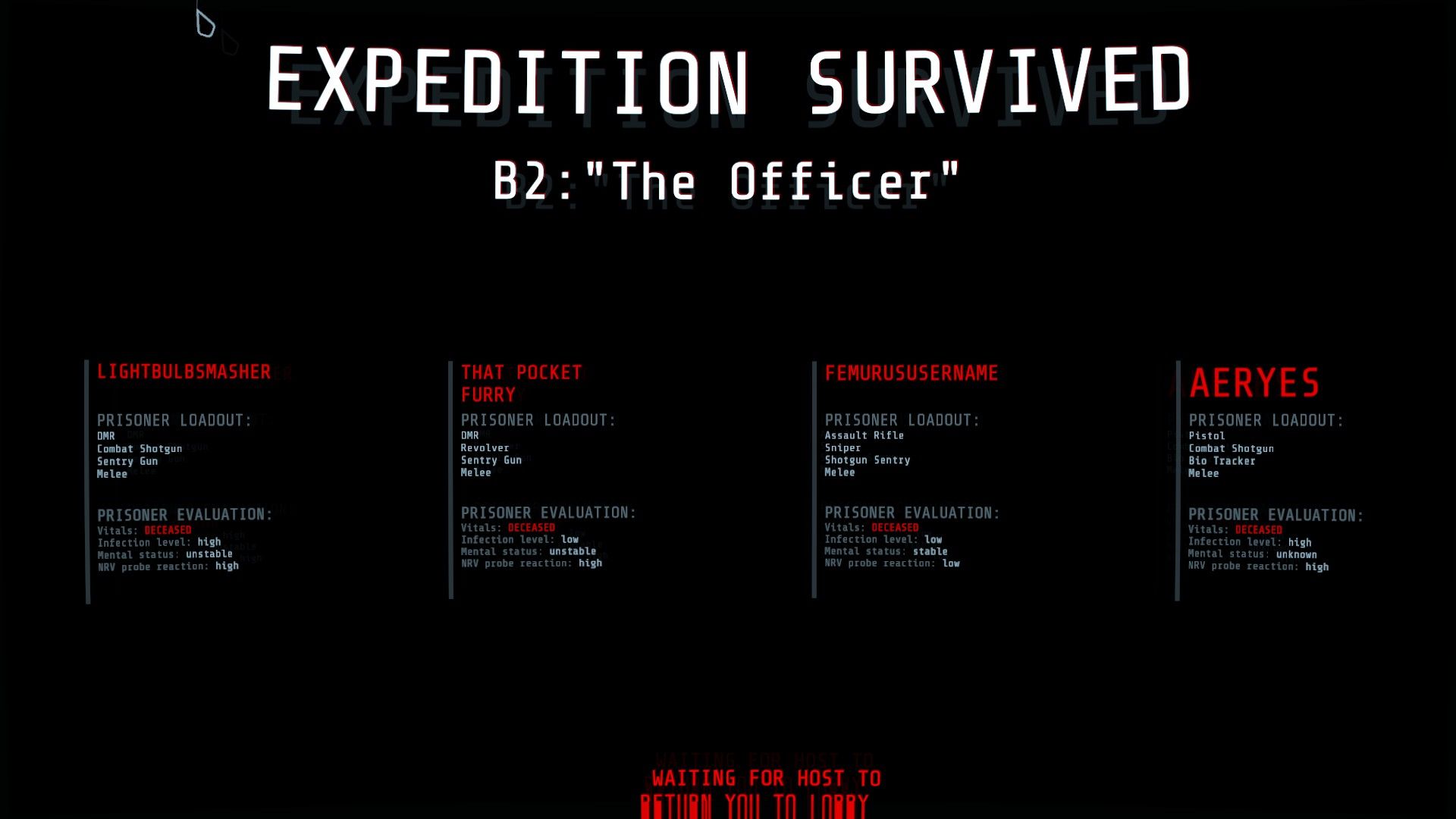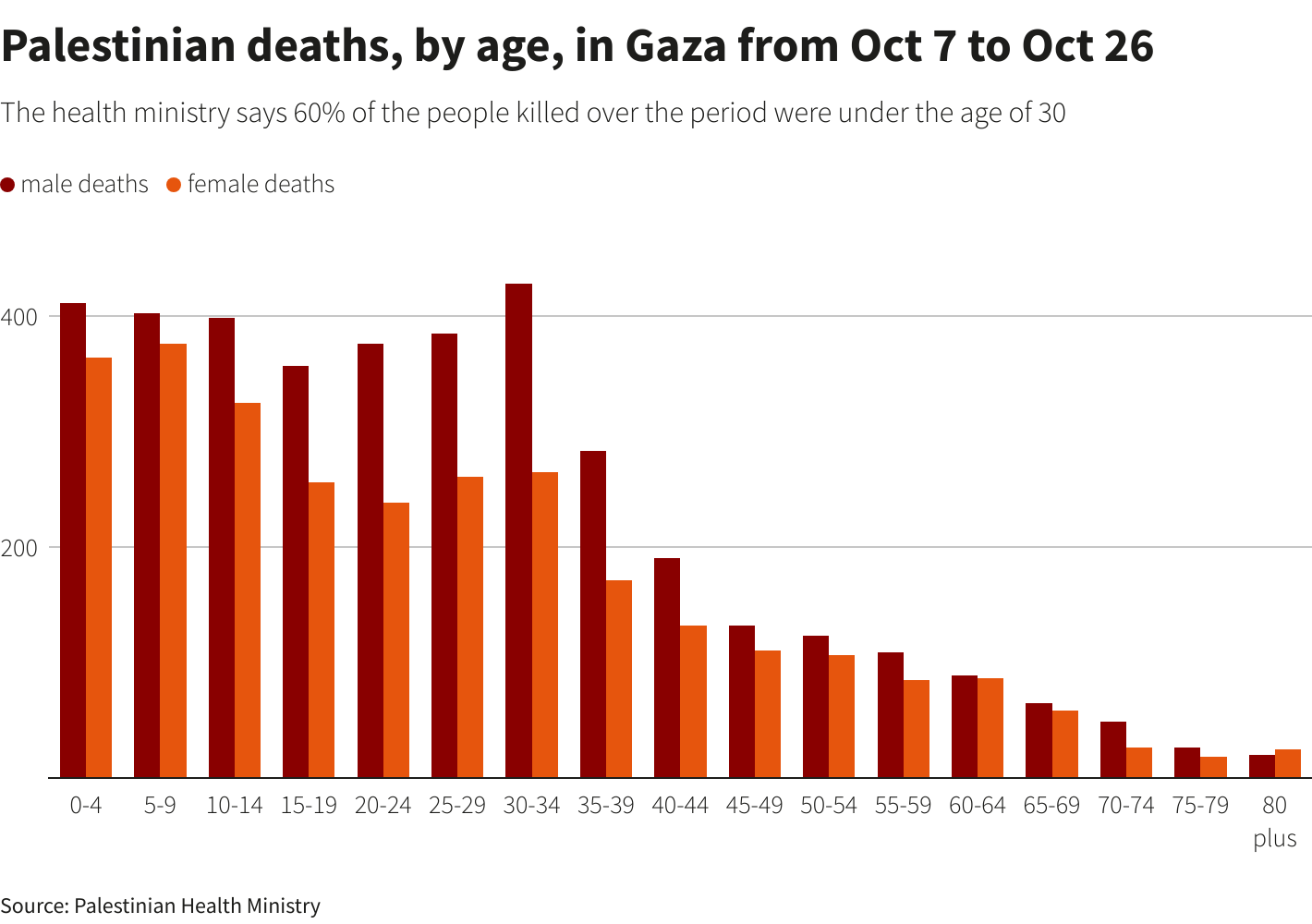How Many People Died In The Coppermine Expedition? A Look At A Harsh Arctic Survival Story
The vast, unforgiving expanses of the Arctic have long captivated explorers, yet they have also proven to be incredibly dangerous places. Many brave souls have faced truly dire circumstances while trying to map these remote parts of the world. One such story, full of hardship and desperate choices, is that of the Coppermine expedition. People often wonder about the human cost of these ambitious journeys, and how many individuals ultimately perished.
This particular expedition, known for its extreme challenges, stands as a stark reminder of the immense risks involved in early Arctic exploration. It was a time when survival depended on so many things: good planning, a bit of luck, reliable support, and just plain good weather. Sadly, this journey had very little of those helpful things.
What happened to the people who set out on this difficult quest? How many of them actually made it back? It's a story that, in a way, paints a vivid picture of human resilience and vulnerability when faced with the raw power of nature. We'll explore the specific numbers and the grim events that unfolded, drawing directly from the details available to us.
Table of Contents
- The Grim Toll of the Coppermine Expedition (1819-1822)
- Other Tragic Losses Mentioned
- Lessons from the Barren Lands
- Frequently Asked Questions About the Coppermine Expedition
The Grim Toll of the Coppermine Expedition (1819-1822)
The Coppermine expedition, specifically the one that took place between 1819 and 1822, faced truly immense challenges, and, well, the human cost was very, very high. This particular journey was meant to follow the Coppermine River northwest all the way to Canada's north coast. It was an ambitious plan, yet it was plagued by a whole lot of poor planning, some bad luck that just kept coming, and, too it's almost, allies who proved unreliable, both European and native. On top of all that, the weather was unusually harsh, making everything so much harder.
The core question of how many people died in the Coppermine expedition during this period has a clear, though heartbreaking, answer. Out of the group, which started with twenty men, a significant number did not make it back. Eleven of the twenty strong party died amid accusations of murder and even cannibalism. This is a very grim detail, highlighting the desperate state they were in. It's also stated that, sadly, 11 of the 22 people on the trip died, suggesting a slight variation in the initial count of the group, but the number of losses remains the same. So, whether the initial group was 20 or 22, the tragic fact is that eleven people perished due to starvation or exhaustion, with some truly disturbing events happening along the way.
The party, in a way, found themselves completely stranded in what were called the ‘barren lands’ west of Hudson’s Bay. They were near death, literally on the brink, when help finally arrived. This journey, it seems, made it to the Arctic coast, but the members were utterly exhausted, their resources completely depleted. The sheer struggle for survival, that, is that, truly pushed them to their limits, leading to a profound loss of life.
The Initial Numbers and Harsh Realities
The expedition, which was led by a specific individual, famously lost many of its members. As previously mentioned, out of his party of 20 men, he lost 11 to starvation or exhaustion. This figure is consistently stated in the accounts of this particular journey. The conditions were so severe that the party desperately retreated across uncharted territory. They were in a state of starvation, often with nothing more than lichen to eat. Imagine that, just trying to survive on lichen! It's a vivid picture of extreme hunger and desperation.
The sheer lack of sustenance, combined with the incredibly difficult environment, made every step a struggle. The expedition was, in a way, a test of human endurance against overwhelming odds. The numbers tell a very clear story of the devastating impact of these harsh realities. It wasn't just about the cold or the distance; it was about the constant, gnawing hunger and the complete lack of proper supplies, which, apparently, contributed to such a high death toll.
Accusations and Desperate Measures
What makes the story of how many people died in the Coppermine expedition even more chilling are the accusations that arose among the dwindling survivors. The fact that 11 of the 20 or 22 members died is compounded by claims of murder and cannibalism. From 1819 to 1822, the records suggest there was at least one murder and instances of cannibalism. This paints a truly stark picture of the extreme measures people might take when faced with utter desperation and the complete breakdown of normal human conduct. These are, in some respects, the darkest aspects of the story.
These accusations are a very powerful testament to the severity of their situation. When individuals are pushed to such an absolute breaking point, the line between survival and unimaginable acts can become terribly blurred. The details are grim, but they underscore the incredible pressure and suffering endured by those on this ill-fated journey. It's a reminder that, sometimes, the greatest threats come not just from the environment, but from within the group itself, when all hope seems lost.
Rescue and the Lingering Questions
Despite the terrible losses and the accusations, some members of the Coppermine expedition did manage to survive. The survivors were rescued by members of the Yellowknives Nation, who, it's almost, had previously given them up for dead. These people had thought the explorers were already gone, a clear sign of just how dire their situation appeared to outsiders. The timely intervention by the native people of the Yellowknife tribe was, quite literally, a lifesaver for those who remained.
The story of the Coppermine expedition, with its high death toll and desperate acts, later served as an influence on future explorers. Roald Amundsen, for example, who eventually became the first person to navigate the entire Northwest Passage and reach the South Pole, was influenced by this tale. It seems, in a way, that even in disaster, there are lessons to be learned that can shape future successes. The lingering questions about the exact circumstances of each death, and the truth behind the accusations, remain a somber part of this significant piece of exploration history.
Other Tragic Losses Mentioned
While the focus here is primarily on how many people died in the Coppermine expedition of 1819-1822, the provided information also touches upon other instances of significant loss during various expeditions. It's important to differentiate these from the specific Coppermine journey but acknowledge them as part of the broader narrative of perilous exploration. These other accounts, in a way, highlight that the Coppermine expedition was not an isolated incident in terms of its tragic outcomes.
Some of these other stories involve different expeditions entirely, or specific events that occurred during exploration. They all, apparently, met disaster in some way. It's a stark reminder that even well-prepared and competent leaders could face ruin when dealing with the unpredictable nature of uncharted territories and extreme conditions. These varied examples, arguably, paint a fuller picture of the dangers explorers faced.
A Different Expedition's Devastation (130 crew)
Among the grim accounts of loss, there's a mention of two ships being lost and all one hundred and thirty crew dying. This particular incident, it seems, refers to a different, perhaps maritime, expedition, given the mention of "ships" and "crew." While not directly part of the Coppermine overland journey, it underscores the widespread danger inherent in exploration during those times. The loss of such a large number of people on a single venture is, really, quite staggering.
This separate event, nevertheless, adds to the overall picture of the high human cost of discovery. It illustrates that whether by land or by sea, the pursuit of new knowledge and new routes often came with an incredibly steep price. The sheer scale of that loss, 130 lives, is a very powerful reminder of the risks that were routinely taken, sometimes with catastrophic results.
Historical Conflicts Near the Coppermine (1771 Event)
There's also a specific incident mentioned that occurred in July 1771, near the Coppermine River. The party, which included a number of Dene who had joined the expedition during a hunt, reached the Coppermine River. At this location, the Dene, who were involved in a violent conflict with the Inuit, killed approximately 20 sleeping members of the Inuit. This event is a tragic historical conflict, and while it happened near the Coppermine River and involved people associated with an expedition, it's important to note that these casualties were not members of the expedition itself dying from starvation or other internal issues.
This detail highlights the complex interactions and existing conflicts that explorers sometimes encountered in the lands they traversed. It shows that the dangers weren't always just environmental; they could also involve pre-existing human conflicts. The expedition found itself, in a way, in the midst of a violent situation, witnessing or being tangentially involved in a significant loss of life, though not of its own members.
Other Explorations and Their Costs (Magellan Reference)
The provided information also includes details about another very large-scale expedition, noting that there were initially 243 men on it. Of this group, 56 returned to Seville on the San Antonio, a ship which deserted in the Strait of Magellan. From the remaining men, 103 died, and 49 were assumed to be lost. This account, clearly, refers to Magellan's famous circumnavigation, a completely different historical expedition.
While this particular event is distinct from the Coppermine expedition, its inclusion within the provided text serves to illustrate the broader, very high mortality rates associated with ambitious exploration during these eras. It emphasizes that the Coppermine expedition, despite its unique horrors, was, in a way, part of a larger pattern of extremely dangerous endeavors where survival was far from guaranteed. The numbers are, quite honestly, a stark representation of the immense human sacrifices made in the pursuit of discovery.
Lessons from the Barren Lands
The story of how many people died in the Coppermine expedition, and the broader context of other tragic journeys mentioned, offers some enduring lessons. It shows, very clearly, the critical importance of meticulous planning, strong leadership, and reliable support systems when venturing into extremely hostile environments. The expedition was plagued by poor planning, bad luck, unreliable allies, and unusually harsh weather, all of which contributed to the devastating outcome. It’s a powerful reminder that even the most determined efforts can be undone by a combination of factors beyond human control, or by human failings.
The desperate retreat, the starvation, and the horrifying accusations of murder and cannibalism paint a picture of the absolute limits of human endurance and the dark side of survival. The fact that the survivors were rescued by Indigenous peoples, the Yellowknives Nation, also highlights the vital role that local knowledge and compassion played in saving lives. It was, in a way, a moment of profound human connection amidst overwhelming desolation. The stories of these expeditions, including the Coppermine one, are not just about the numbers of dead, but about the profound human drama that unfolded.
Frequently Asked Questions About the Coppermine Expedition
How many people survived the Coppermine expedition?
For the Coppermine expedition that took place between 1819 and 1822, out of an initial party of 20 men, 11 died. This means that 9 men survived. There is also a mention that 11 of 22 people on the trip died, which would imply 11 survivors in that particular phrasing. In either case, nearly half of the group perished, leaving a small number of survivors who endured incredible hardships. These survivors were, basically, at death's door when they were found.
What challenges did the Coppermine expedition face?
The Coppermine expedition faced a truly daunting array of challenges. It was, first off, plagued by poor planning, which set a difficult tone from the start. They also encountered bad luck, which seemed to follow them throughout the journey. Furthermore, they had unreliable European and native allies, which meant their support network was unstable. On top of all this, the weather was unusually harsh, making travel and survival incredibly difficult. The party found themselves stranded in the ‘barren lands’ and were near death due to starvation, often having nothing more than lichen to eat. These combined factors created a situation of extreme peril.
Who rescued the Coppermine expedition survivors?
The survivors of the Coppermine expedition were rescued by members of the Yellowknives Nation. These were native people of the Yellowknife tribe who had, in fact, previously given the explorers up for dead. They had thought the explorers were already gone, which underscores how dire the situation appeared. The intervention by this Indigenous group was crucial in saving the lives of those who remained. It was a moment of true human kindness and assistance in a desperate situation.
To learn more about early Arctic exploration and its challenges, you can explore other articles on our site. Also, consider reading about the role of Indigenous peoples in historical survival stories to gain a deeper appreciation for their knowledge and assistance in such harrowing circumstances. The stories of these expeditions are, honestly, incredibly compelling and offer a unique window into a very different time.

How Many People Died On The Titanic In Real Life

Expedition Survived, but Everyone Died | Scrolller

How Many People Died In 2025 - Arden Sorcha